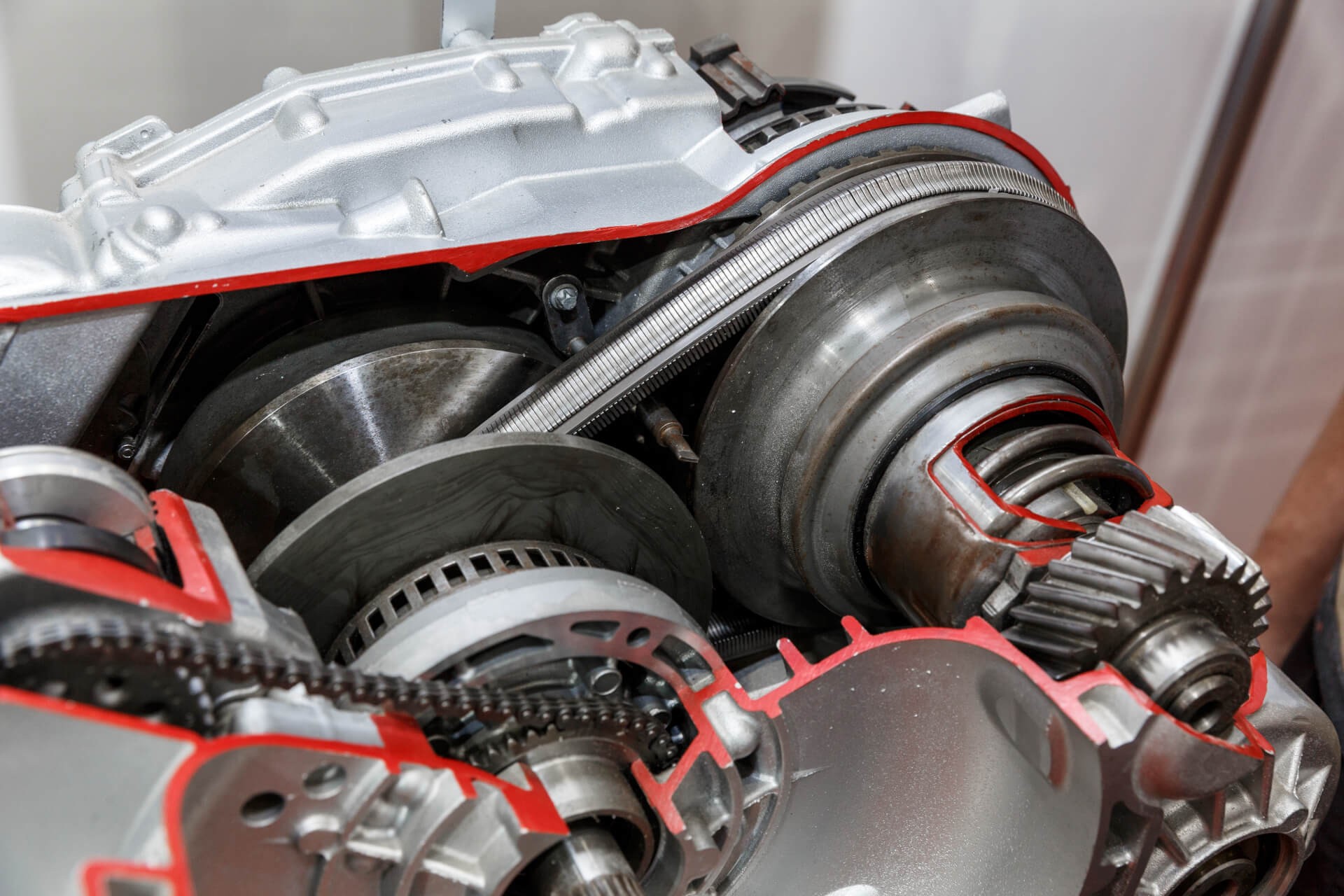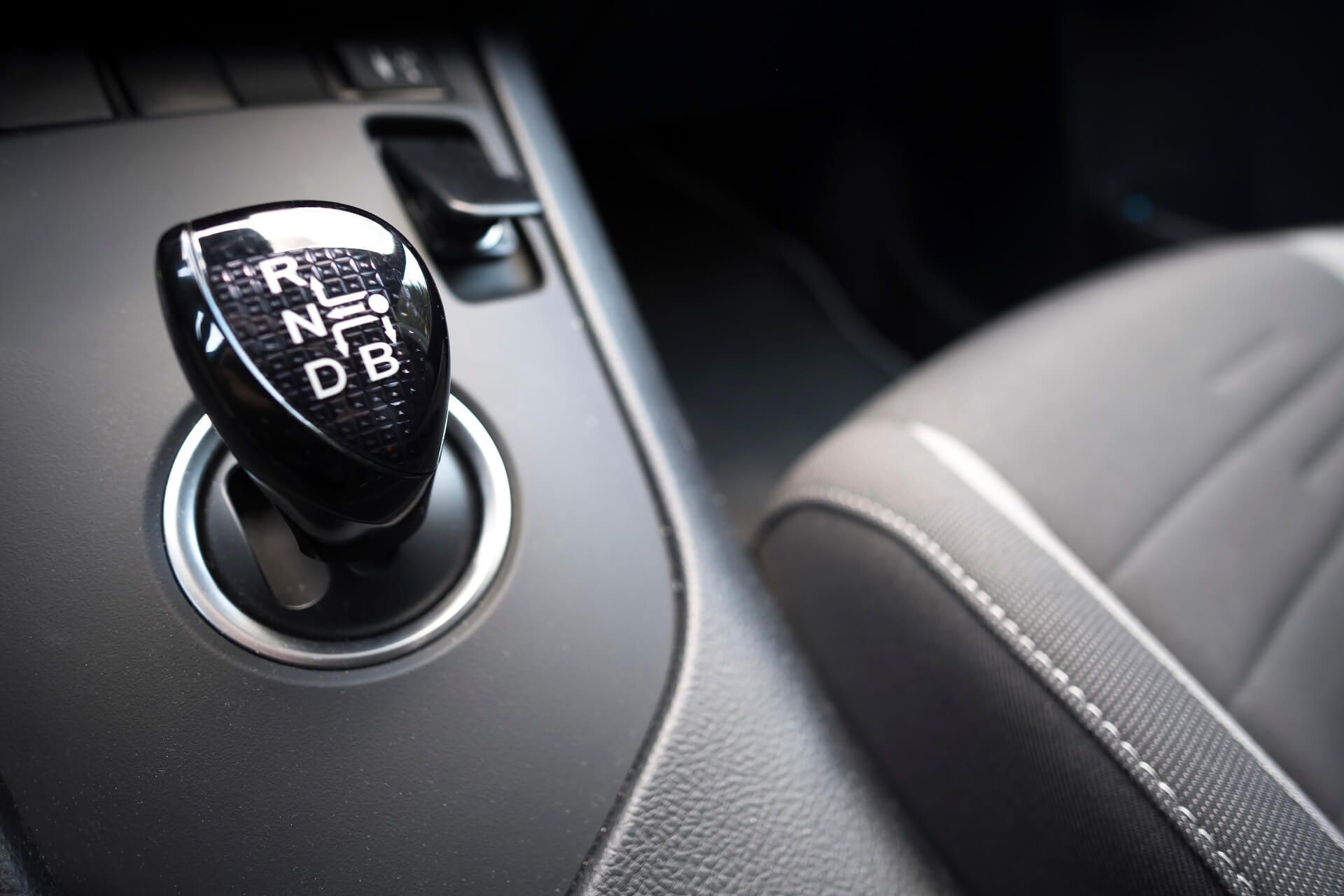Car transmissions play a pivotal role in the driving experience, influencing everything from ride smoothness to fuel efficiency. While manual and automatic transmissions are commonly discussed, the latter category encompasses various types, including the Continuously Variable Transmission, or CVT gearbox.
But what exactly is a CVT gearbox, how does it operate, and is choosing a vehicle equipped with one a smart move? Let’s delve into the intricacies of continuously variable transmissions to uncover the answers.
Uncover Vehicle History
Want to know the hidden past of a used car? Simply enter the VIN code below:
Get report
Understanding the CVT Gearbox
A continuously variable transmission (CVT) stands out as a unique type of automatic transmission. Its core function is to transfer power from the engine to the drivetrain, but it achieves this using a system of belts, pulleys, or chains, unlike traditional gear-based automatics.
The defining characteristic of a CVT gearbox is its infinite range of gear ratios within a specific spectrum. This contrasts sharply with conventional automatic transmissions that offer a limited number of fixed gears. This continuous variability allows the engine to consistently operate at its most efficient revolutions per minute (RPM), irrespective of the vehicle’s speed or driving conditions.
The Mechanics of a CVT Gearbox
The pulley-based CVT design is the most prevalent. Imagine a robust metal belt or chain running between two variable-diameter pulleys. Each pulley is ingeniously constructed from two cone-shaped halves capable of moving closer together or further apart. One pulley connects to the engine’s crankshaft, the power source, while the other links to the wheels, delivering that power to the road.
 Diagram illustrating the inner workings of a Continuously Variable Transmission (CVT) gearbox
Diagram illustrating the inner workings of a Continuously Variable Transmission (CVT) gearbox
Source: Kartinkin77 / Shutterstock
In essence, a pulley-based CVT operates by manipulating the effective diameters of these two pulleys.
As you drive, your car’s sophisticated control system is constantly monitoring parameters like engine speed, vehicle speed, and load demands. Using this real-time data, the system precisely adjusts the pulley halves’ positions. It achieves this by moving the sheaves of one pulley closer together and simultaneously moving the sheaves of the other pulley further apart.
This dynamic adjustment directly alters the effective diameter of each pulley, resulting in a seamless change in the gear ratio. By intelligently managing these ratios, the CVT ensures the engine consistently operates at peak efficiency, optimizing both performance and fuel economy.
The Driving Sensation with a CVT Gearbox
The distinct operational principles of CVTs set them apart from conventional transmissions, leading to a noticeably different driving experience. The absence of fixed gears in a CVT gearbox, compared to the four, five, or more found in traditional transmissions, results in several key differences.
For instance, conventional automatic and manual transmissions often exhibit perceptible gear shifts. However, driving a car with a CVT gearbox eliminates these sensations. You’ll experience smooth, shift-free acceleration without any jolts or jerks, thanks to the seamless transitions between gear ratios.
This unique characteristic leads some drivers to describe the CVT driving experience as somewhat detached. The sense of engagement and connection with the vehicle can feel diminished for enthusiasts who appreciate the feedback of gear changes. The engine sound can also be perceived as monotonous as it maintains a more consistent RPM range. However, for drivers prioritizing a comfortable and effortless driving experience, particularly in urban settings, a CVT gearbox offers significant appeal.
Advantages of Opting for a CVT Gearbox
The rising popularity of CVTs is prompting more car buyers to consider vehicles equipped with this technology. Let’s explore the key benefits that cars with CVT gearboxes offer.
 A woman enjoys driving an Audi, highlighting the smooth driving experience often associated with CVT gearboxes
A woman enjoys driving an Audi, highlighting the smooth driving experience often associated with CVT gearboxes
Source: Andraz Lazic / Unsplash
Enhanced Fuel Efficiency
Vehicles equipped with continuously variable transmissions often demonstrate superior fuel economy compared to models with conventional transmissions. This advantage is particularly noticeable in stop-and-go city driving and steady-speed highway cruising. The CVT gearbox’s ability to precisely optimize engine speed for varying driving conditions allows the engine to consistently operate within its most fuel-efficient RPM range.
Superior Driving Comfort
The absence of gear shifts in CVTs translates to a more comfortable and relaxed driving experience. This is especially beneficial in congested urban environments characterized by frequent acceleration and deceleration. The smoothness of a CVT gearbox minimizes disruptions and enhances overall driving pleasure.
Furthermore, CVT gearboxes adapt well to diverse driving styles, contributing to a more refined overall driving experience. Whether you prefer spirited acceleration or relaxed cruising, the CVT seamlessly adjusts to provide optimal performance for your specific driving situation.
Compact and Lightweight Design
The inherent light and compact design of CVT gearboxes is a significant advantage, contributing to a cascade of further benefits. CVTs are generally lighter and more compact than traditional automatic and manual transmissions. This reduction in weight contributes to overall vehicle weight reduction, translating directly to improved fuel efficiency as less energy is required to propel a lighter vehicle.
Moreover, the compact nature of CVT gearboxes allows them to be paired with a wider spectrum of engine sizes and types. This flexibility empowers manufacturers to utilize smaller, more fuel-efficient engines without compromising performance. CVTs are particularly well-suited for integration into hybrid vehicle powertrains, facilitating seamless operation and maximizing efficiency in these advanced automotive systems.
Drawbacks of CVT Transmissions in Vehicles
Like any technology, CVT gearboxes also present certain disadvantages that distinguish them from other transmission types. Understanding these potential drawbacks is crucial when considering a car with a CVT gearbox.
 Close-up of a gear knob inside a car, representing the driver interface with the transmission system
Close-up of a gear knob inside a car, representing the driver interface with the transmission system
Source: Luca Lorenzelli / Shutterstock
Concerns Regarding Durability
While CVT technology is rapidly advancing, some concerns persist regarding their long-term durability and reliability compared to conventional automatic transmissions. Historically, earlier CVT models were often cited as having a shorter lifespan, sometimes requiring rebuilding around the 100,000-mile mark (approximately 160,000 kilometers).
However, proactive maintenance and careful driving habits can significantly extend the lifespan of a CVT gearbox. Regular CVT fluid changes, ideally every 50,000 miles or even more frequently, are crucial. Adopting smooth driving techniques and adhering to recommended maintenance schedules are also essential for maximizing CVT longevity.
Potential Repair Costs
Repairing or replacing a CVT gearbox can often be more expensive than dealing with issues in conventional automatic transmissions. While the initial purchase price of a CVT-equipped vehicle may be competitive, replacement parts for CVTs tend to carry a higher price tag.
Furthermore, the specialized nature of CVT technology necessitates specialized knowledge and tools for repairs. As CVTs are still a relatively evolving technology compared to traditional transmissions, finding qualified technicians and specialized service centers might be necessary. This specialized service can contribute to higher overall repair costs.
In cases of major CVT failures, replacing the entire transmission unit might be more economically viable than attempting to repair individual internal components. However, a complete transmission replacement can result in a substantial repair bill.
Noise Considerations
While CVTs are generally praised for providing a quieter and smoother driving experience during gear ratio adjustments, they can generate more noticeable noise under acceleration or at higher speeds. This noise characteristic is a common point of feedback from CVT users.
The sound is inherent to the CVT’s operation. As the transmission adjusts ratios, the engine RPM can remain relatively constant even as vehicle speed increases. This can produce a high-pitched whine, often described as a “droning” sound, which some drivers find less appealing compared to the more traditional sound profile of gear shifts in conventional transmissions.
Vehicles Commonly Equipped with CVT Gearboxes
 A sleek silver Audi parked in an underground garage, representing the integration of CVT technology in modern vehicles from various manufacturers
A sleek silver Audi parked in an underground garage, representing the integration of CVT technology in modern vehicles from various manufacturers
Source: Olav Tvedt / Unsplash
CVT gearboxes are increasingly prevalent across a wide range of vehicle manufacturers, including industry giants like Toyota, Nissan, Honda, Subaru, and Audi, among many others. While the specific reasons for choosing CVT technology vary among manufacturers, the overall trend indicates growing adoption and further development of CVT systems in the automotive landscape.
Here are some popular vehicle models that may feature a CVT transmission. Note that for models offering multiple engine options, CVT availability may vary depending on the specific configuration:
- Audi: A4, A5, A6, A7.
- Buick: Encore GX.
- Chevrolet: Spark, Malibu, Trailblazer, Volt.
- Fiat: Panda, Punto, Uno.
- Ford: Escape Hybrid, Fiesta, Maverick.
- Honda: Accord, Accord Hybrid, Civic, CR-V, CR-Z, Insight.
- Hyundai: Accent, Elantra, Kona, Venue.
- Infiniti: QX50, QX60.
- Kia: Forte, Picanto, Seltos, Soul.
- Lexus: ES, LC, LS, LM, NX, RX, TX, UX.
- Mitsubishi: Colt, Eclipse Cross, Mirage, Outlander.
- Nissan: Almera, Altima, Juke, Maxima, Murano, Rogue, Qashqai, Sentra, Versa.
- Renault: Kadjar, Kiger.
- Subaru: Ascent, Crosstrek, Forester, Impreza, Legacy, Outback, WRX.
- Toyota: Avalon Hybrid, Avensis, Corolla, Prius, RAW4, Sienna, Venza, Yaris.
Is a CVT Gearbox the Right Choice for You?
Opinions on CVT gearboxes are varied. Some automotive enthusiasts may advise against them, while others champion their benefits. Ultimately, CVTs, like all technologies, present a mix of advantages and disadvantages. The crucial question is whether a CVT gearbox aligns with your individual driving habits, priorities, and automotive needs.
If you are deeply connected to a traditional driving feel and prefer a more direct sense of vehicle control, a CVT might not fully satisfy your preferences. However, if you prioritize a smooth, effortless driving experience, particularly for daily commutes and urban driving, and value fuel efficiency, a CVT gearbox could be an excellent choice.
The most effective way to determine if a CVT gearbox is right for you is to test drive vehicles equipped with this technology. Experiencing the unique driving characteristics firsthand will allow you to assess whether a CVT aligns with your driving style and comfort requirements.
Verify Vehicle History
Protect yourself from potential issues by checking the history of any used vehicle you consider. Obtain a comprehensive vehicle history report instantly!
Frequently Asked Questions
(FAQ section from the original article can be added here if needed, maintaining the Q&A format)
 Renata Liubertaitė, the author of the article, showcasing her expertise in automotive content creation
Renata Liubertaitė, the author of the article, showcasing her expertise in automotive content creation
Article by
Renata Liubertaitė
Renata brings over 8 years of writing expertise from publishing, marketing, and SaaS sectors. Her experience in diverse fields, including technical subjects, allows her to communicate complex information in an accessible way. Beyond her contributions to carVertical, Renata enjoys DIY projects and spontaneous cycling adventures.
